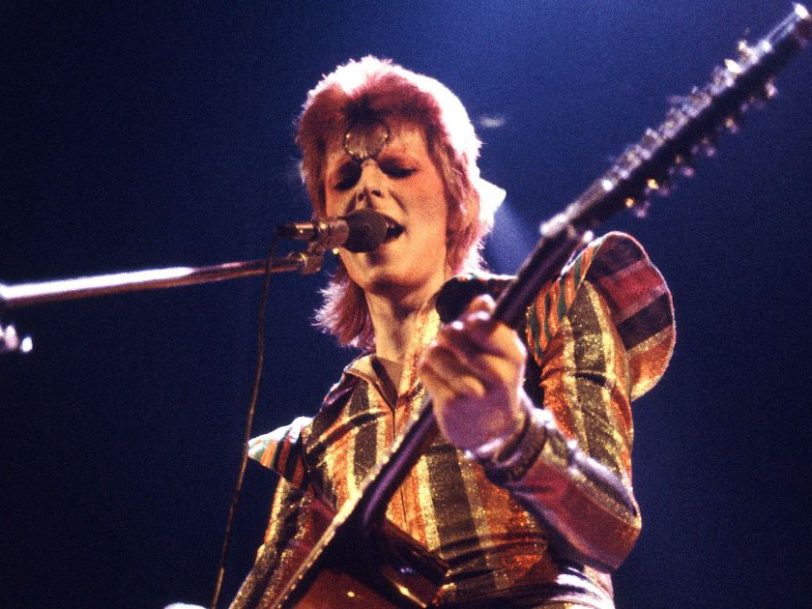Broadcast in the US in November 1973, The 1980 Floor Show is often pegged as David Bowie’s final goodbye to Ziggy Stardust. Over 50 years on, however, it’s clear that the one-off special said as much about what was to come as what had been. With performances of some rock and pop hits of the 60s, plus guest appearances from two of that decade’s biggest names, it certainly saw Bowie glance back at rock’n’roll’s past; but from the show’s opening moments, he also previewed a new sound he was working up – one which would be developed further over his next few albums.
This is the story of the The 1980 Floor Show, and how Bowie transitioned into a whole new era. Expect Broadway ambitions, outrageous costumes and a battle against the censors…
Listen to the best of David Bowie here.
The concept: “I was already putting together notes for a musical theatre piece”
When Bowie played his final Ziggy Stardust concert, on 3 July 1973, he sought to draw a line under the alter ego that had brought him fame in the glam-rock era. With stateside fans still clamouring for a third US leg of that lengthy, exhausting, mania-inducing tour, Burt Sugarman, producer of the NBC music show Midnight Special, pitched the idea of a filmed production that would draw on the theatricality of the Ziggy Stardust shows and which could be broadcast in the states.
“As I had ‘retired’ Ziggy earlier that year I decided to expand the thing a little,” Bowie later recalled in the book Moonage Daydream, a collection of photos from the era taken by Mick Rock and annotated by Bowie himself. “I was already putting together notes for a musical theatre piece that revolved around George Orwell’s 1984, so without giving everything away I wanted to include a couple of elements of that in this TV thing.”




